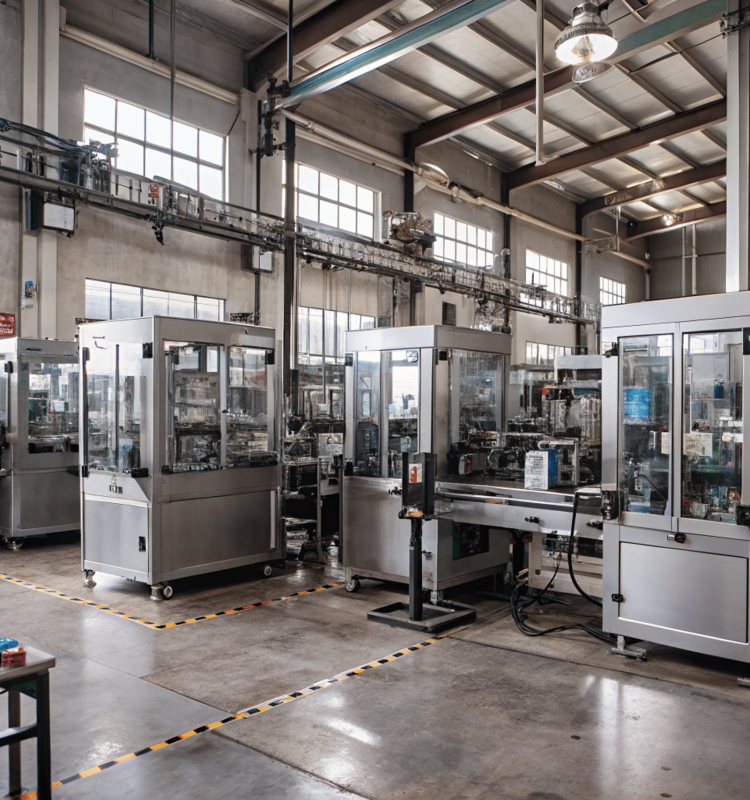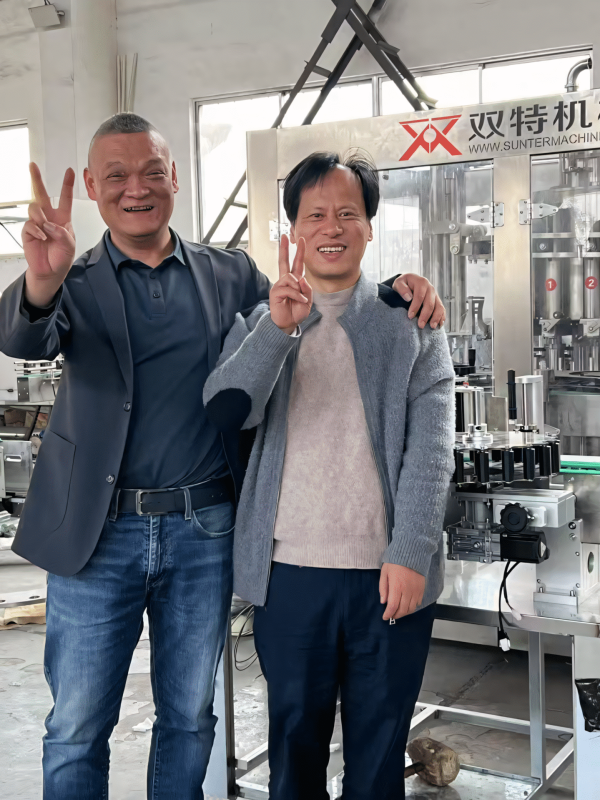Struggling with high labor costs and slow production lines? These issues eat into your profits and limit growth. Investing in packaging automation is the key to solving these persistent problems.
Automating your packaging line with carton erectors, case packers, and robotic palletizers dramatically reduces the need for manual labor, which cuts costs. These systems work together to increase production speed, improve consistency, and optimize your entire process, making your business much more competitive.
I want to tell you a story. A few years ago, a client, Mr. Li, came to me. He runs a business that makes thick sauces. He told me his manual packing and palletizing process was slow and full of errors. It was costing him a lot of money and time. I explained that we needed to change our thinking.
We needed to let machines do the work that people were struggling with. I recommended a full solution: an automatic carton erector, a case packer, and a robotic palletizing system. He was worried about the initial investment. But after we looked at the numbers and the potential return, he decided to go for it. The results were amazing. Just three months later, he called me. His labor costs were down by 30%, and his production efficiency had doubled. Let’s break down how each of these machines made that happen.
Can Automatic Carton Erecting Really Slash Labor Expenses?
Tired of watching your staff slowly fold boxes by hand? This common bottleneck costs you time and money. An automatic carton erector solves this by forming perfect cartons in seconds.
Yes, an automatic carton erector significantly cuts labor costs. It replaces the manual task of box forming, allowing you to reassign workers to more valuable roles. It works continuously and without error, reducing both labor expenses and material waste from mis-formed boxes.
From Manual Labor to Machine Efficiency
Think about the traditional way of preparing boxes. You might have several employees dedicated just to unfolding flat cartons, folding the bottom flaps, and taping them shut. This process is repetitive and slow. An automatic carton erector does all of this by itself. You just load a stack of flat cartons, and the machine takes over.
It pulls one carton, squares it up, folds the bottom flaps, and seals it with tape. This machine can form dozens of cartons per minute, a task that would require multiple people to match. By automating this first step, you free up your workers for other jobs. You also reduce waste. Manual folding can lead to crooked or improperly sealed boxes, but a machine does it perfectly every time, minimizing the overuse of materials like cardboard and tape. This consistency is key to a smooth packaging line.
| Factor | Manual Process | Automated Process |
|---|---|---|
| Speed | Slow, depends on worker | Very fast, consistent rate |
| Labor Cost | High, requires multiple staff | Low, needs one operator to load |
| Error Rate | Higher, inconsistent folds | Nearly zero, very precise |
| Consistency | Varies by worker and fatigue | Perfectly uniform cartons |
How Does Case Packing Automation[^1] Boost Production Throughput?
Is your packing station a major bottleneck? Manual packing is slow and can lead to product damage. Automated case packing fills boxes with speed and precision, keeping your entire line moving.
Case packing automation boosts throughput by operating much faster than manual packing. It consistently arranges and places products into cartons, reducing errors and damage. The system integrates seamlessly with other machines, creating a continuous, high-speed production flow that dramatically increases your output.
Boosting Your Production Line's Speed
After your products are ready, they need to be packed into the cartons from the erector. Doing this by hand is often the slowest part of the entire process. A person has to grab the products, arrange them, and carefully place them into the box. An automated case packer changes everything. This machine can be a robotic arm or a mechanical loader that picks up products and places them into the case in a specific pattern. It works at a constant, high speed without getting tired.
This eliminates the packing bottleneck and allows the rest of your production line to run at its full potential. Automation also protects your products. A machine handles items gently and precisely, reducing the risk of drops or damage. It can also be adjusted for different product sizes and packing patterns, giving you great flexibility for future needs.
| Area of Impact | Description |
|---|---|
| Production Speed | Operates continuously at high speeds, removing manual bottlenecks. |
| Product Protection | Gentle and precise handling minimizes damage during packing. |
| Line Integration | Connects with carton erectors and sealers for a fully automated process. |
| Flexibility | Easily adjustable for different product sizes and box configurations. |
Is Robotic Palletizing the Key to Optimizing Warehouse Efficiency?
Is your team exhausted from lifting and stacking heavy boxes? Manual palletizing is slow, dangerous, and wastes space. A robotic palletizer can stack perfect pallets 24/7 without a single complaint.
Yes, for many businesses, robotic palletizing is the key to warehouse efficiency. A robot stacks boxes onto a pallet quickly, accurately, and in precise patterns that maximize stability and space. This increases throughput, improves worker safety, and integrates with warehouse systems for smarter inventory management.
The Final Step: Perfect Pallets Every Time
Once your cases are packed and sealed, they need to be stacked on pallets for shipping or storage. This is hard physical labor. It’s slow, and it puts your employees at risk of injury. A robotic palletizer automates this final, crucial step. A robotic arm picks up the finished cases from the conveyor and places them on the pallet. It follows a pre-programmed pattern to create a tight, stable, and perfectly square stack.
This not only speeds up the process but also optimizes your warehouse space. Tightly packed pallets are safer to move and store, and they use every inch of vertical space effectively. Robots also improve safety by taking over the heavy lifting. This reduces workplace injuries and allows your team to focus on less physically demanding tasks like quality control or forklift operation.
| Feature | Robotic Palletizing | Manual Palletizing |
|---|---|---|
| Speed & Throughput | Very high and consistent | Slow and variable |
| Stacking Accuracy | Perfect, pre-programmed patterns | Inconsistent, can be unstable |
| Worker Safety | Eliminates heavy lifting injuries | High risk of back and strain injuries |
| Space Utilization | Excellent, creates dense and stable stacks | Often poor, with wasted space |
Conclusion
Investing in carton erecting, case packing, and robotic palletizing transforms your operation. You will cut labor costs, increase throughput, and gain a powerful competitive advantage in your market.
[^1]: Detailed guide to palletizing machines and packers.


